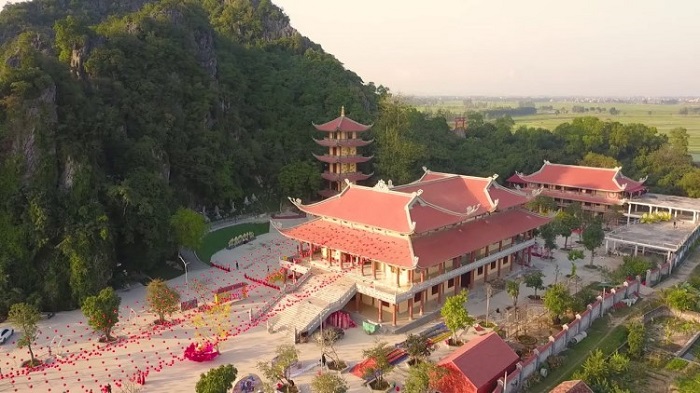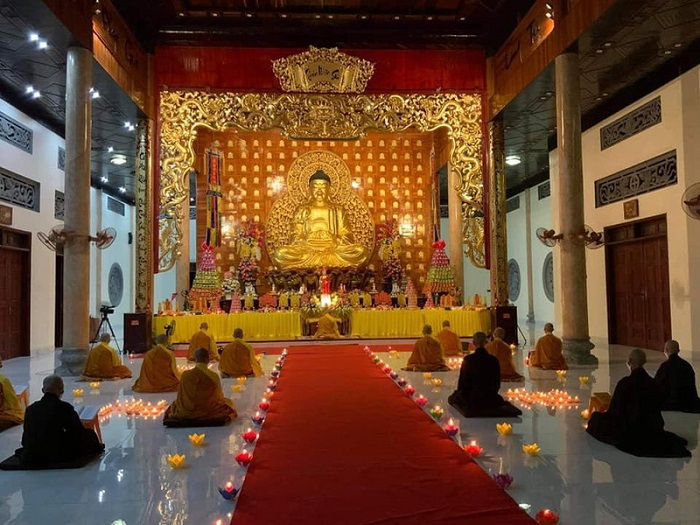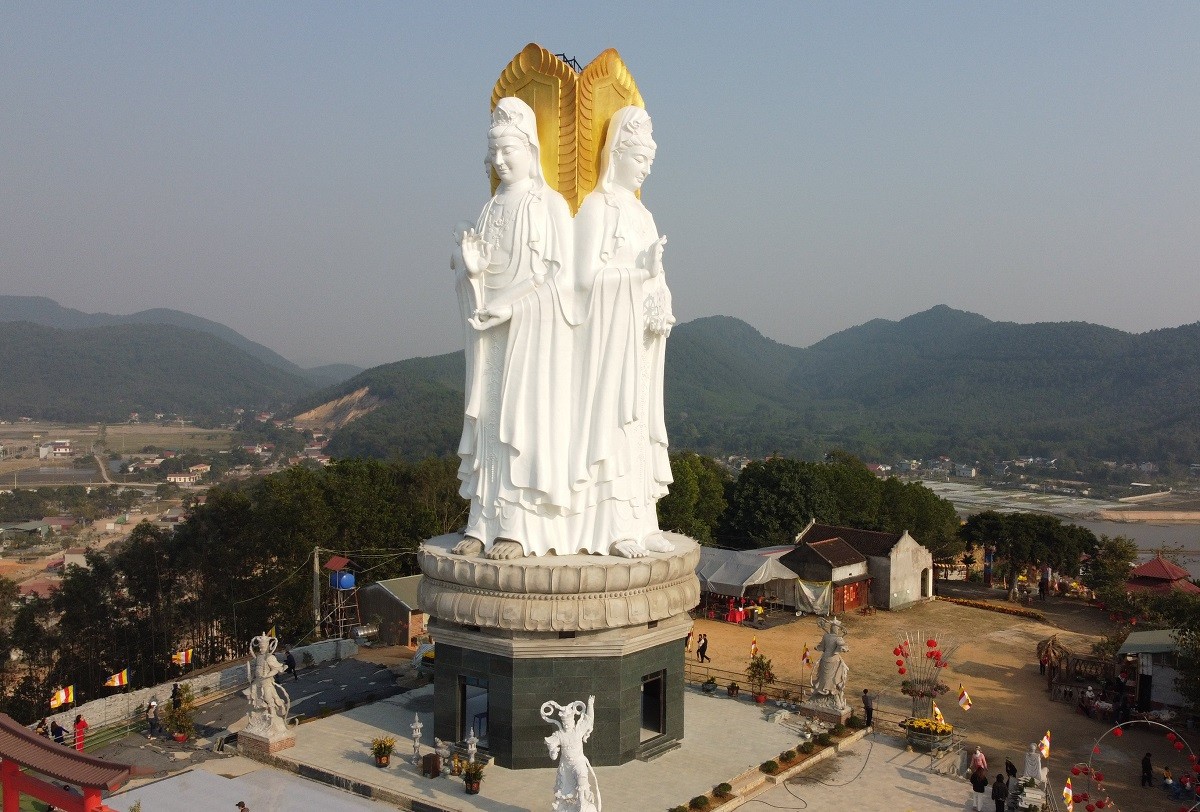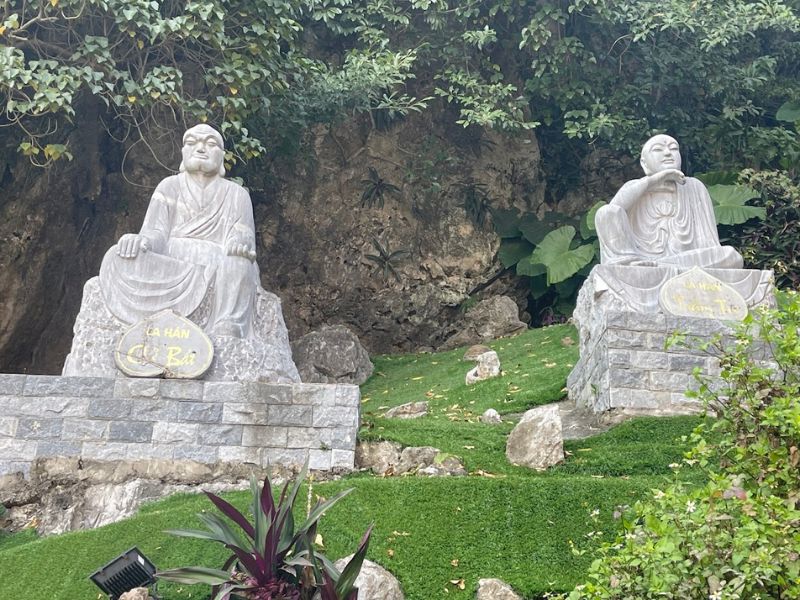Co Am Pagoda
1. Overview
Co Am Pagoda, also known as Cổ Am Tự, is one of the oldest and most respected Buddhist temples in Nghe An province. Located in Diem Chau district (formerly in Diễn Minh commune, now part of Diễn An), the pagoda has long been a center of spiritual life for local people and a destination for Buddhist pilgrims across the region.
2. Historical and Cultural Significance
According to historical records and oral tradition, Co Am Pagoda was built over 700 years ago, during the Tran Dynasty (13th–14th century). It is believed that Buddhist monks and scholars used this place as a site for meditation, teaching, and spiritual retreats.
The pagoda is deeply connected with the spread of Mahayana Buddhism in Central Vietnam. Over the centuries, it has witnessed many ups and downs, including wars and natural disasters, but has always been rebuilt and maintained with strong support from local communities and Buddhist devotees.
Today, Co Am Pagoda serves not only as a religious site but also as a symbol of resilience and cultural continuity in Nghệ An.
3. Architecture and Design
The architecture of Co Am Pagoda reflects the simplicity and elegance typical of ancient Vietnamese temples. The pagoda complex includes:
-
Main Hall (Đại Hùng Bảo Điện): The central worship space housing statues of Shakyamuni Buddha and Bodhisattvas.
-
Ancestral House (Nhà Tổ): Dedicated to venerable monks who contributed to the development of the pagoda.
-
Bell Tower (Gác Chuông): Featuring a large bronze bell used during ceremonies and prayers.
-
Lotus Pond and Garden Area: Creating a serene environment that encourages meditation and relaxation.
Although it has been renovated over the years, Co Am Pagoda still retains many traditional wooden structures, stone carvings, and antique Buddhist artifacts.
4. How to Get There
Co Am Pagoda is located about 35 kilometers north of Vinh City, along National Highway 1A. From the center of Vinh, visitors can drive or take public transportation toward Diem Chau town, then continue a short distance to reach the pagoda.
Its accessibility and peaceful rural surroundings make it a perfect stop for those exploring the spiritual and historical landmarks of Nghe An.
5. Festivals and Activities
The pagoda is especially vibrant during:
-
Lunar New Year (Tết): When locals visit to pray for blessings and good fortune.
-
Vu Lan Festival (Ghost Festival): A time to express gratitude to parents and ancestors.
-
Buddha’s Birthday (Lễ Phật Đản): With colorful lanterns, chanting ceremonies, and offerings.
In addition to these religious events, the pagoda often hosts meditation sessions, Dharma talks, and community charity programs, making it an active center of both faith and service.
6. Tips for Visitors
-
Be mindful of the sacred atmosphere—avoid loud behavior.
-
Remove your shoes when entering the main hall.
-
Respect the monks and local devotees by dressing appropriately.
-
Bring offerings such as flowers or fruits if you wish to participate in rituals.
7. Conclusion
Co Am Pagoda is not just a place of worship, but a historical treasure of Nghe An. Its ancient roots, tranquil environment, and enduring spiritual presence make it a meaningful destination for anyone seeking cultural discovery, peace of mind, or a deeper connection with Vietnam’s Buddhist traditions.





